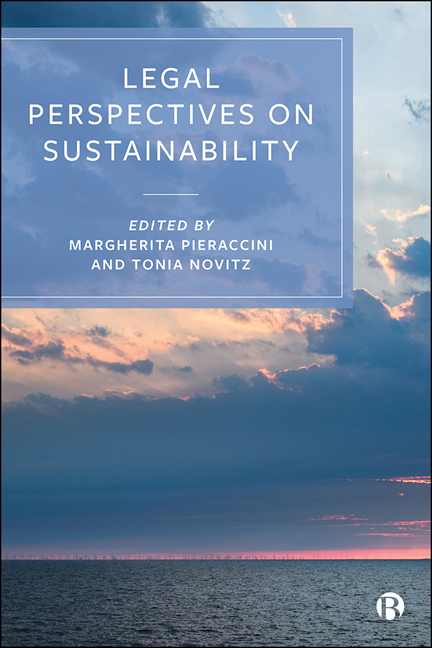7 - Land Ownership, Use and Sustainability in a Pluriverse
Published online by Cambridge University Press: 03 March 2021
Summary
Introduction
Land use is not itself a Sustainable Development Goal (SDG), but the attainment of almost every goal is affected by choices about how land is used – either directly in the case of SDG 15, about life on land, or indirectly, such as through choices about food production or as the subject matter of war. But the power of land stretches beyond the physical uses made of land. Studies have identified the centrality of landowners as wider social and economic gatekeepers (Marsden, 1993) influencing how a community lives and its priorities. This means that land use and those exercising property rights have a critical role to play in the delivery of sustainability.
Yet the law governing land ownership and use is not structured to prioritise sustainability. There is a vast body of literature about what has been described as the environmentally myopic nature of property rights (Marguerat, 2019). But this myopia is not limited to the physical environment aspects of sustainability. Graham has argued that property law's categories and structures ‘have exceeded their utility’ (Graham, 2010) in terms of delivering a sustainable future.
While concepts of ‘ownership’ of land vary across jurisdictions, all forms, except some forms of native title (Craig, 2000; Oxhorn and Dodsworth, 2013), give a degree of exclusivity of control, including the right to use or not use the land; or even to change its use to the point of destroying it, with regulation intervening to assert elite priorities about the exercise of those rights. There are limitations upon what can be owned in the current conceptual framework, such as global commons, but the majority of the landmass is covered by property systems in which specific private or public bodies have exploitation rights in relation to areas of land, conceptually unfettered by concerns for the future well-being of people or planet or, indeed, of the past – but equally potentially able to create a pluriverse of meanings and worlds.
- Type
- Chapter
- Information
- Legal Perspectives on Sustainability , pp. 189 - 212Publisher: Bristol University PressPrint publication year: 2020

